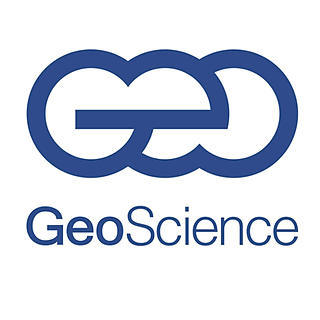Saving money through geomechanical modelling
- GeoScience Limited
- Sep 29, 2016
- 2 min read
Author: Sarah Slade (Geomechanics specialist)
Wellbore Stability Case Study: Southern North Sea Prospect
A large Southern North Sea operator asked GeoScience Ltd to assist in a review of a mainbore and sidetrack that were experiencing significant failure in the Jurassic and Triassic overburden shales. Instability had led to stuck pipe and, ultimately, failure to complete either wellbore. Instances of instability were well recorded with abundant large cavings, tight hole and pack offs reported resulting from a low mud weight.

Although a geomechanical model had not been built prior to drilling, we were able to provide support immediately with operational advice and a ‘quick look’ review of the wells.
A geomechanical model was subsequently constructed for the field using data from these wells and a further four offset wells from the surrounding area. A combination of log data was used to determine the mechanical properties of the formations and drilling experience was reviewed from drilling and geological daily reports and end of well reports, and then compared to caliper data, where available.
A calibration was carried out against the collated drilling experience and the subsequent geomechanical model was used to make drilling mud weight recommendations for one planned trajectory. The proposed well was drilled successfully based on the recommendations of the geomechanical model.

After drilling the operator requested a Post Drilling Review of the well to update and further constrain the geomechanical model for future predictions. This review indicated that the mud weight recommendations made by GeoScience were followed and although some minor instances of instability were reported, these were attributable to a large fault zone crossed by the well path.
Following a minor recalibration of the geomechanical model, recommendations were made for two further proposed trajectories, which were subsequently successfully drilled and completed.
A Post Drilling Review of these wells showed that they were drilled with no signs of wellbore instability when using the mud weights recommended by GeoScience. The model required no further calibration and was used to produce recommendations for one further proposed trajectory.
This iterative process of prediction, review and recalibration allows refinement of the geomechanical model and leads to better, safer wells being drilled, with less hole stability NPT and the reduction of the costs associated with drilling complex wells.









How much money did you save???